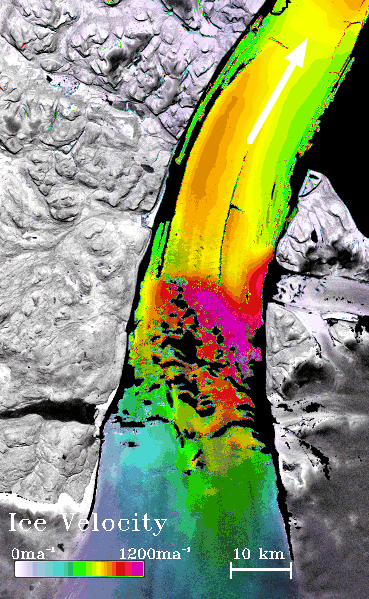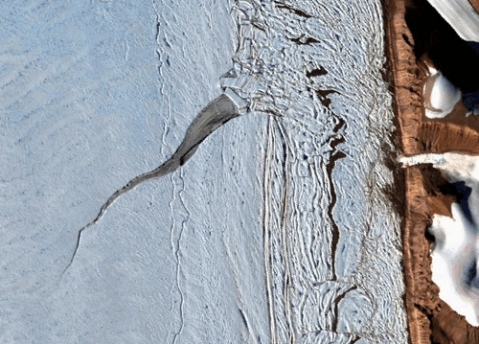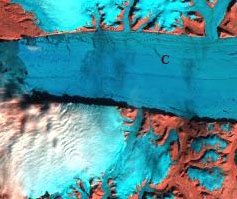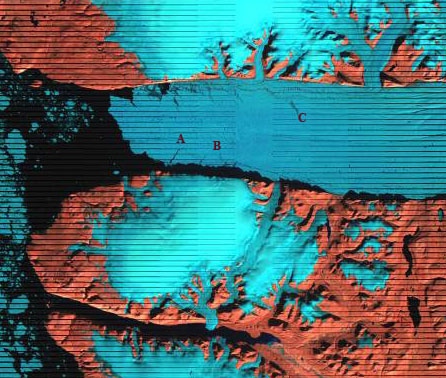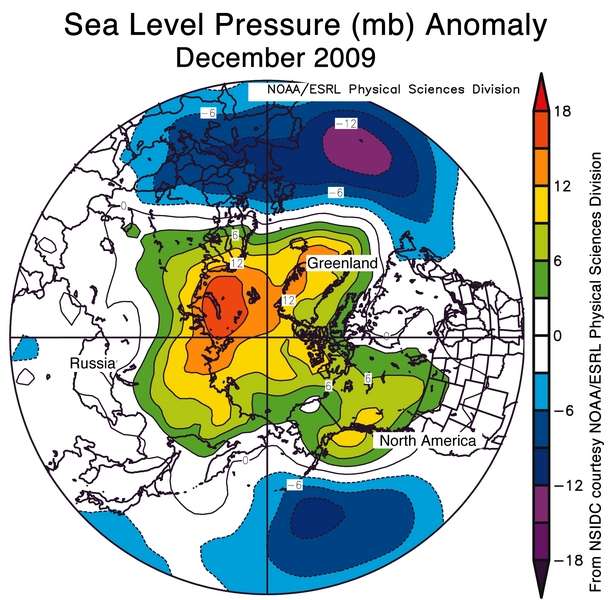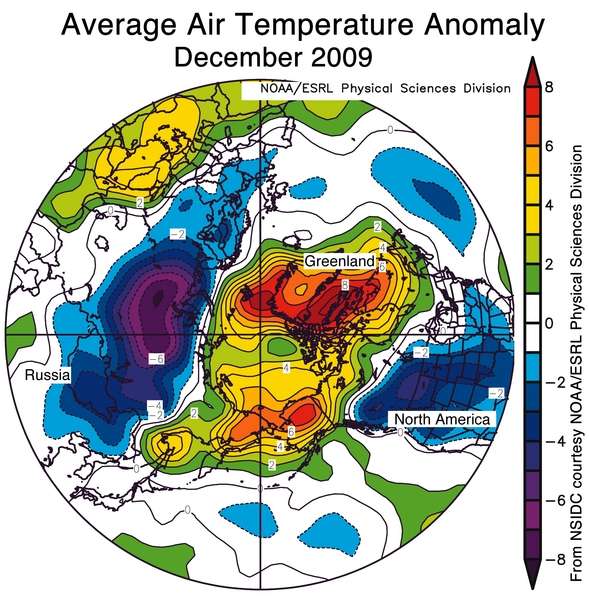String of floods raise climate change questions
 Call it the spring of flash floods. Rare and deadly flash flooding events have struck several parts of the south-central U.S. from Tennessee to Oklahoma this spring, with two remarkable events occurring in just the past five days: the astounding six-to-ten-inch gully washer that resulted in numerous swift-water rescues in Oklahoma City yesterday morning, and the tragic deluge in rural Arkansas late last week.
Call it the spring of flash floods. Rare and deadly flash flooding events have struck several parts of the south-central U.S. from Tennessee to Oklahoma this spring, with two remarkable events occurring in just the past five days: the astounding six-to-ten-inch gully washer that resulted in numerous swift-water rescues in Oklahoma City yesterday morning, and the tragic deluge in rural Arkansas late last week.
Cars are stranded and submerged by flood water in Oklahoma City after heavy rain hit the area. (Alonzo Adams-AP)
Take the Arkansas flash flood for example, which toppled trees, lifted cars, and swept at least 20 people to their deaths in the wee hours of the morning on June 11. That flood joins the ranks of a long history of deadly flash floods in the United States.
One might think the rainfall was extremely unusual, even unprecedented. However, the approximately 6.83 inches of rain that fell in 24 hours in the Arkansas event was actually a 1-in-10-year event with respect to the 24-hour rainfall total (it may have been rarer if one were to examine historical six-hour precipitation data). A confluence of factors made the the heavy rain so deadly -- most of it fell in just a few hours, in an area primed for rapid rises in small rivers, creeks and streams, while a large and vulnerable population of campers was sleeping in a remote area.
In some respects, the Arkansas flood bore a resemblance to the infamous 1976 Big Thomson Canyon flood in Colorado, which killed 145 people and also struck a popular campground and recreation area. The Arkansas rains caused an astonishingly rapid rise in the Little Missouri River and other small rivers and streams. A gauge maintained by the U.S. Geological Survey reveals that the Little Missouri River climbed almost 20 feet in just a few hours at the nearby town of Langley. At 2 a.m. central time the river was at 3.81 feet, and by 5:30 a.m. it reached a whopping 23.39 feet. This exceeded the previous highest flood in that location by about 10 feet!
A plot of the stream flow from a nearby gauge on the Caddo River also depicts the shockingly swift rise of the water, and shows why people in the campground had very little -- if any -- time to prepare for the surge of water.

Height of the Caddo River during the flash flood event on June 11, 2010, as shown on a USGS streamflow gauge. Credit: USGS.
The climate change context of the recent flood events is intriguing, and like most things climate change-related, not exactly cut and dry (so to speak). The Tennessee and Oklahoma rainstorms were far more unusual than the Arkansas flood. The Tennessee event, in which 13-19 inches of rain fell during a two-day period, flooding much of the state including downtown Nashville, was around a 1-in-1,000-year event. And the Oklahoma City floods yesterday were a 1-in-100-year event. Some areas in and around Oklahoma City eclipsed their monthly average rainfall totals for June in under 12 hours.

Doppler radar estimated precipitation totals for Oklahoma City on June 14. Image credit: Weather Underground.
On the other hand, it's impossible to say that a specific extreme event was caused by climate change, and flash floods have occurred throughout U.S. history, killing an average of about 100 people per year.
So, with this information in mind, how should journalists cover extreme events?
Responding to the Arkansas flood, Andy Revkin of the New York Times' DotEarth blog wrote that he is resistant to the idea -- put forward by climate blogger Joe Romm -- that journalists should refer to such precipitation extremes as "global warming-type" events.
"What is changing is the frequency -- and in many places the exposure to risk as people congregate and build in flood zones. But given the scope of this tragedy, more on quibbles over semantics can wait for another day," Revkin wrote on Saturday.
However, the question of whether to raise climate change in discussions of flash floods (and other extreme events) constitutes more than a quibble over semantics. The media has a responsibility to report what the science says, even in the context of a breaking news story, such as a flood event or heat wave. The science has become clearer, although by no means certain, that local precipitation extremes may be connected to climate change. Yet, to date, the mainstream media has shied away from raising climate change in extreme event coverage. This is unfortunate, because it constitutes a missed opportunity to make climate change relevant to people in the here and now, rather than an abstract concept in the distant future.
As I wrote last spring:
When an extreme event occurs, a reporter is often caught in a quandary. If we overplay the causal link between climate change and the event, then we can rightly be accused of being alarmist...
Yet, if journalists ignore the scientific studies that show that some types of extreme events are consistent with what is expected due to climate change, then we may be guilty of a sin of omission.The media barely raised the topic of climate change in response to the record Tennessee floods last month, which were so unusual that they were crying out for a scientific discussion of the climate connection. In fact, a good argument can be made that -- by ignoring the subject of climate change -- the media coverage of those floods was actually inconsistent with the scientific evidence.
Reporters should take each event on a case-by-case basis, and speak with scientists who can shed light on whether an extreme event may be related to climate change or not. By failing to ask such questions, reporters risk continuing to provide incomplete coverage. More journalists should heed the advice given by meteorologist Stu Ostro of The Weather Channel, who wrote in response to record rains last year in his home state of Georgia and other weather extremes (although Ostro was addressing weather experts, his advice is relevant to the press):
It behooves us to understand not only theoretical expected increases in heavy precipitation (via relatively slow/linear changes in temperatures, evaporation, and atmospheric moisture) but also how changing circulation patterns are already squeezing out that moisture in extreme doses and affecting weather in other ways.
While it's important to consider what may happen in 50 or 100 or 200 years, and debate what should be done about that... we need to get a grip on what's happening *now*.Link: http://voices.washingtonpost.com/capitalweathergang/2010/06/arkansas_flood_raises_climate.html
